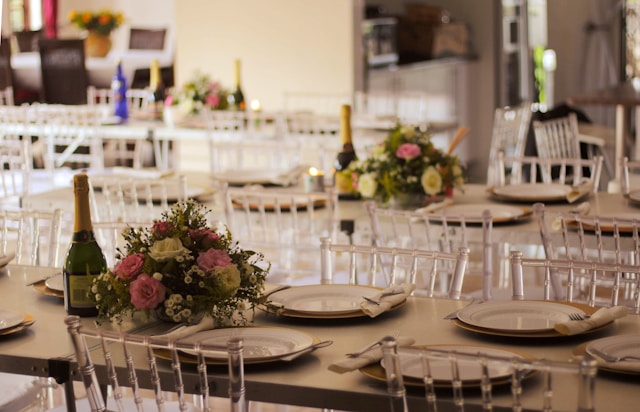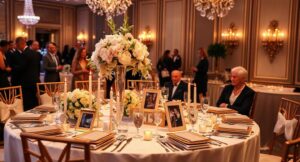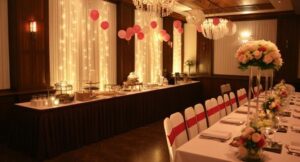Are you planning an event in 2025 and looking for inspiration to leave everyone breathless? The world of event decoration is constantly evolving, blending natural beauty with technological innovation to craft unique and personalized experiences. It’s no longer just about aesthetics but about creating an environment that tells a story and connects with guests.
Here are the eight most important decoration trends that will shape the future of events next year.
Sustainability: Beyond “Green”
Environmental awareness has shifted from an option to a fundamental pillar in event planning. This trend focuses on choosing materials and practices that minimize ecological impact.
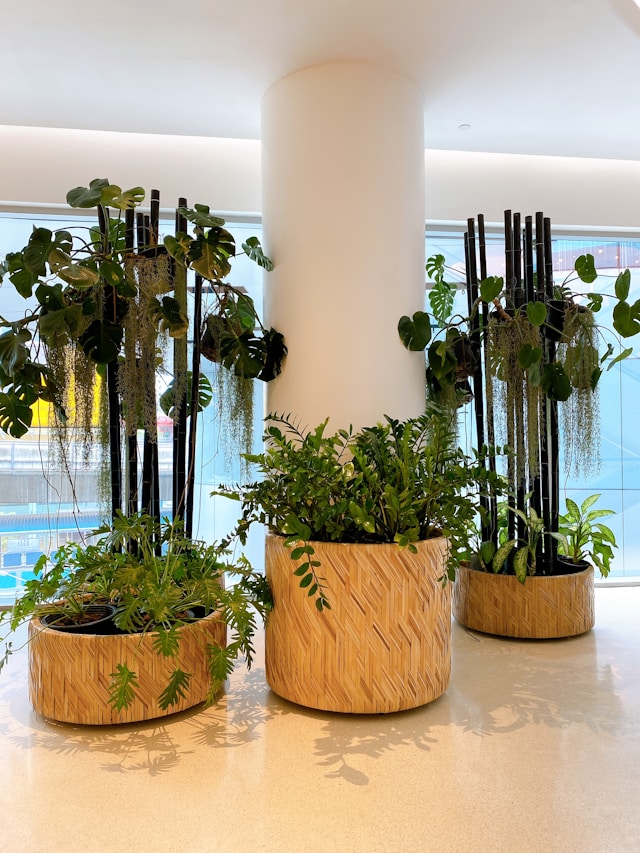
What it involves: Using recycled or biodegradable materials, opting for furniture rentals, and supporting local vendors. It’s not just about adding plants but embracing a philosophy that permeates every detail.
Practical examples: Use dried flowers, foliage, or potted plants instead of cut flowers. Choose second-hand or reusable tableware, and use digital invitations to reduce paper consumption.
Immersive Technology: Bringing Events to Life
Decoration is no longer static. Technology allows for creating dynamic, multisensory environments that capture attention and generate memorable experiences.
What it involves: Seamlessly integrating technology to complement traditional decor with impact.
Practical examples: Projection mapping on walls or surfaces to instantly change the ambiance, smart LED lighting systems, and high-resolution LED screens serving as scenic backdrops.
Color Palette: Bold Sophistication
2025 introduces a combination of tones that evoke calmness with vibrant touches that energize. The key is balance.
What it involves: Mixing neutral and warm colors with bright, saturated hues to create contrast.
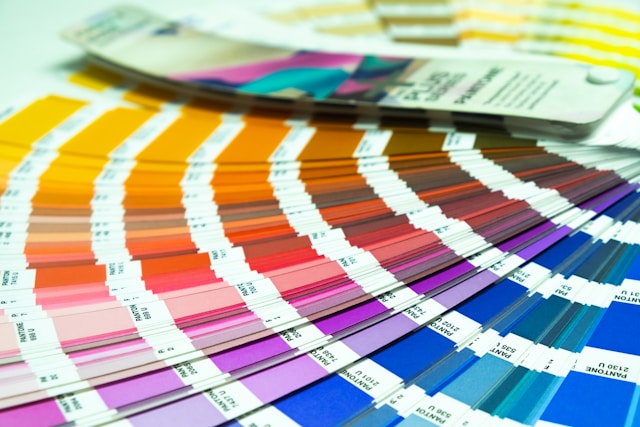
Practical examples: Warm earth tones—beige, terracotta, soft browns that convey elegance and naturalness; sage and olive greens for their connection to nature; and vibrant accents like burnt orange, cobalt blue, or fuchsia to add personality.
Minimalism with Character
Less is more, with a focus on quality, shape, and texture. The goal is elegance without excess.
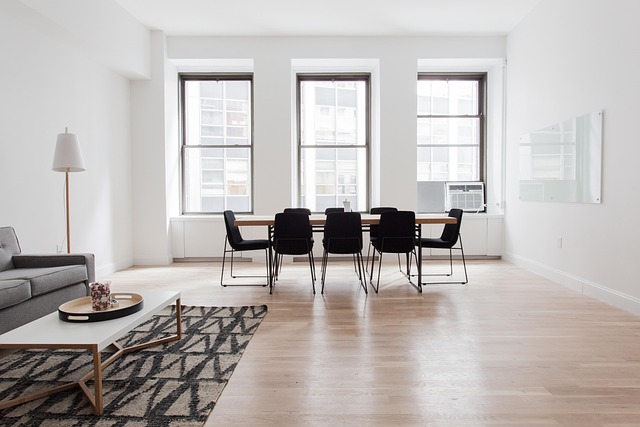
What it involves: Clean, simple designs that highlight a few high-quality elements.
Practical examples: Tables with sleek lines, low sculptural centerpieces, and the use of materials like metal and stone to subtly add luxury.
Interactive Installations: Guests as the Main Attraction
Guests want to be part of the event, not just observe it. Interactive installations are designed to foster participation and create photo-worthy moments for social media.
What it involves: Spaces designed for guest interaction and fun.
Practical examples: Flower walls, personalized balloon arches, neon signs with fun phrases, and themed photo booths.
Suspended Decor: Looking to the Sky
Utilizing vertical space is a rising trend that creates an instant “wow” effect and makes the venue feel larger and more luxurious.
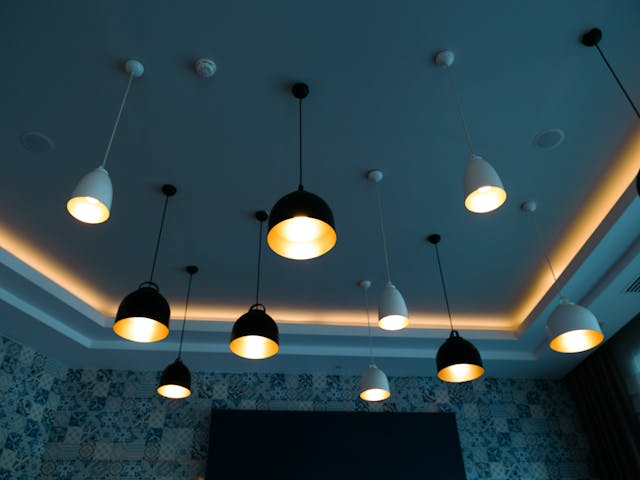
What it involves: Hanging decorative elements from the ceiling to create focal points and a different visual experience.
Practical examples: Hanging floral and foliage chandeliers, string lights cascading from the ceiling, and draped fabrics to add softness.
Communal Tables and Open Food Stations
Events in 2025 aim to foster connection and conversation. Long tables and open food stations replace traditional round tables and formal banquets.
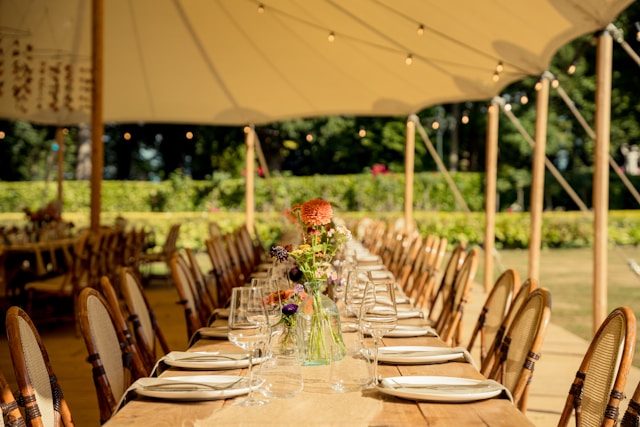
What it involves: Promoting social interaction and a relaxed, informal atmosphere.
Practical examples: Rustic long wooden tables where everyone sits together, interactive buffets with live cooking stations, and cocktail bars that encourage mingling.
Natural Textures and Materials: A Feast for the Senses
Decoration is no longer just visual; it’s a tactile experience that adds warmth and depth to the ambiance.
What it involves: Using natural materials with interesting textures to enrich the decor.
Practical examples: Linen and cotton tablecloths, velvet napkins, untreated wicker and wood elements, and handcrafted ceramic centerpieces.
Conclusion
These decoration trends are not just fleeting fads but guiding principles to create truly unique and memorable events. The key lies in personalization: you don’t have to follow every trend but choose those that best suit your style and the type of event you’re planning.
If you’re ready to elevate your event decor, explore our directory of decoration and catering professionals to find the ideal expert. Our vendors are prepared to help bring your vision to life, combining the latest trends with exceptional service.

